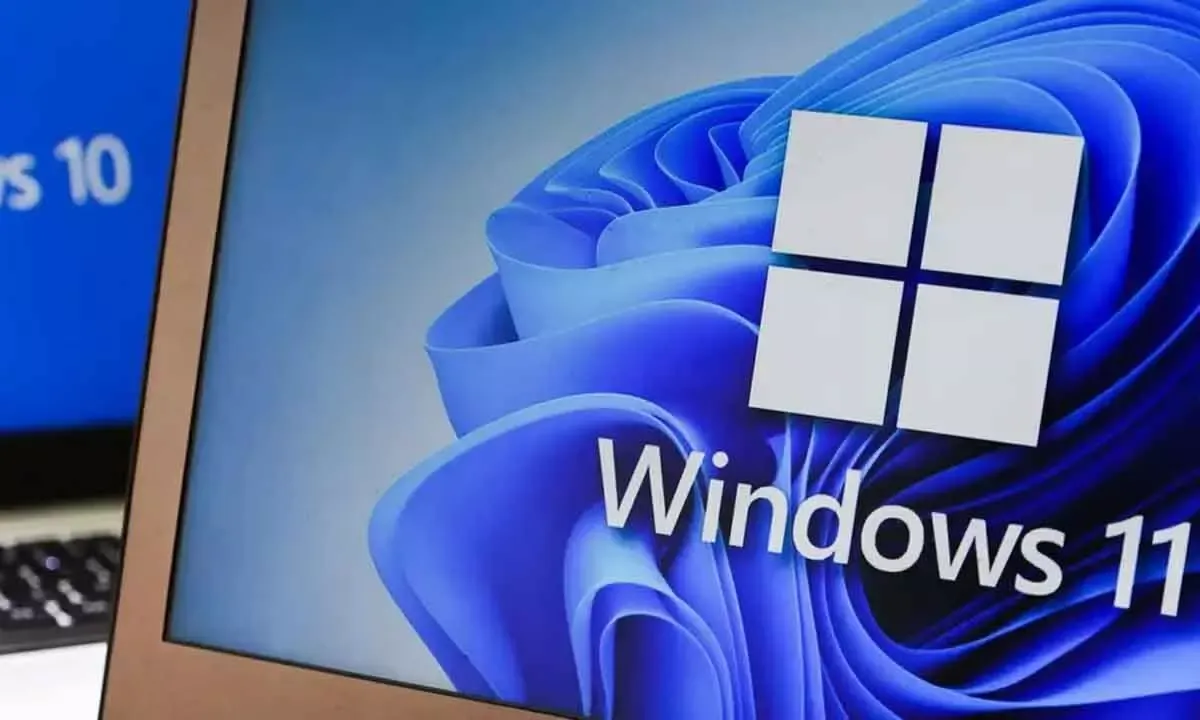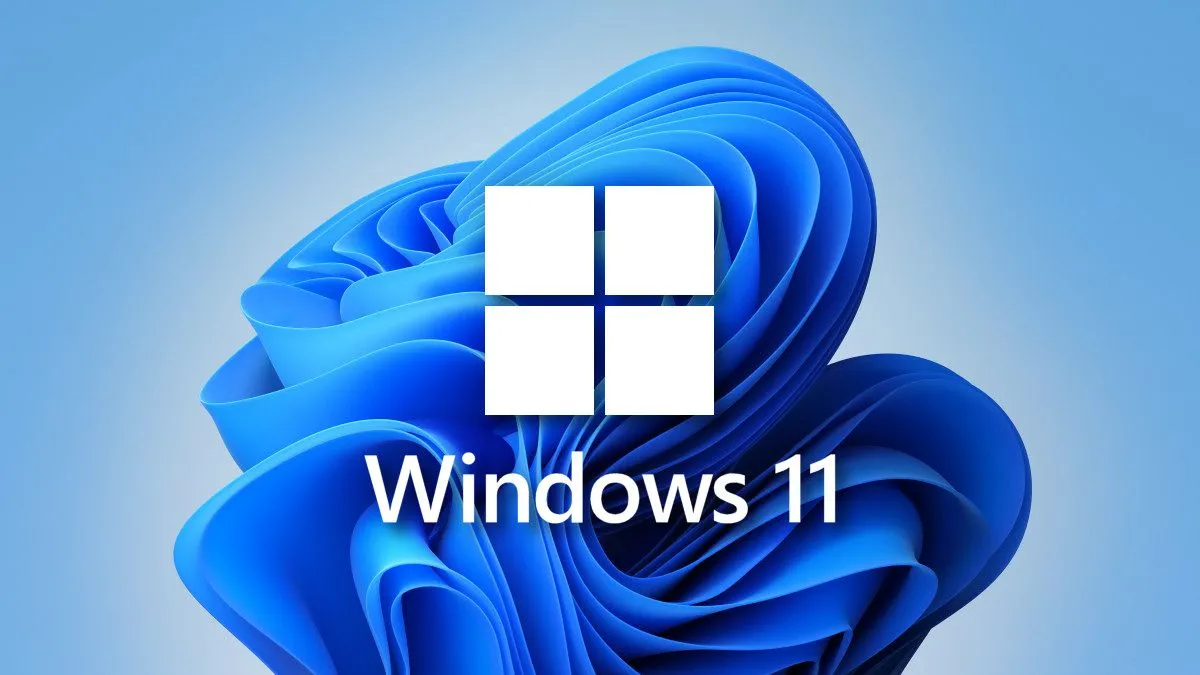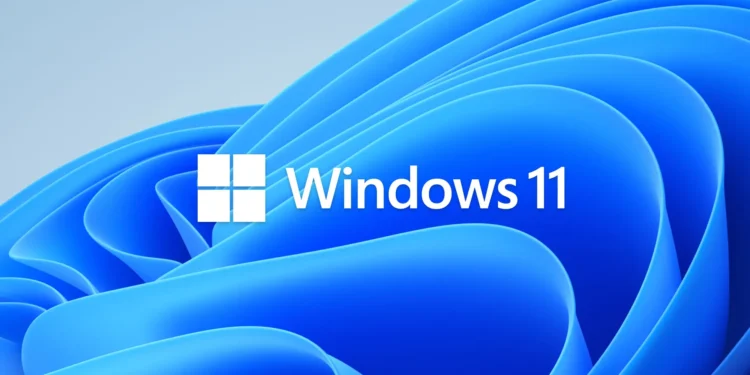In an important development for cybersecurity, Microsoft has recently addressed a critical flaw in the UEFI Secure Boot process that left Windows 11 users vulnerable for more than half a year. This security oversight, which made headlines due to its potential for severe consequences, was only resolved after Microsoft released a patch following a concerning delay.

The Nature of the Flaw
Identified as CVE-2024-7344, this flaw allowed malicious actors to execute harmful code during the boot process of devices, effectively bypassing many of the security measures that Windows 11 boasts. The exploit was particularly sophisticated because it involved the manipulation of secure UEFI boot processes through third-party firmware utilities. These utilities, often essential for system performance, were misusing signed digital certificates approved by Microsoft, thus creating a backdoor for attackers.
The Unseen Dangers of Firmware Exploits
Firmware-based threats pose one of the most challenging frontiers in cybersecurity. The vulnerability discovered by researchers at ESET showcased how even well-intended software components could become tools for sophisticated cyber-attacks. By altering “reloader.efi” components in certain system utilities, attackers could execute unsigned, malicious firmware that would typically be blocked by secure boot protocols.

The Response and Implications for Vendors
Several vendors implicated in this oversight include names like Howyar Technologies, Greenware, and Radix, among others. Each has since updated their system utilities to close this security loophole. Importantly, Microsoft took the step of revoking the digital certificates for the affected firmware versions, an action that significantly mitigates the risk of this exploit being used in future attacks.
The Protracted Path to a Patch
The delay in addressing this issue was notable. ESET informed Microsoft of the vulnerability in July 2024, but it took until January 2025 for a fix to be implemented. During this time, there was no known exploitation of the flaw in real-world scenarios, which perhaps contributed to the slower response. Nevertheless, the prolonged exposure of such a critical vulnerability raises questions about the speed and efficacy of security protocols in place at major tech corporations.

Final Thoughts
With the patch finally deployed as part of the January 14th Patch Tuesday release, users are strongly encouraged to update their systems immediately to protect against any potential exploitation. The incident serves as a crucial reminder of the continuous need for vigilance and prompt action in the digital security landscape. As technology evolves, so too do the methods of those looking to exploit its vulnerabilities.









